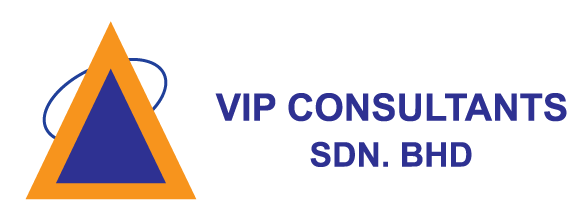27 Jun How to create an effective HR strategy in 2025 Sage Advice United Kingdom
.jpeg)
This component focuses on building strategies to keep valuable employees within the organization for the long term. People strategy takes a broader view, looking at how your workforce fits your overall business strategy. It’s about nurturing your employees and building policies to ensure that your employees are happy and growing both personally and professionally. Canva, a Sydney, Australia-based online graphic design platform, has experienced exponential growth since its 2013 start.
Strategic Workforce Planning and HR
.jpeg)
The strategic plan of Google emphasizes a data-driven approach with people analytics to rework its HR policies and transform the workforce into a more efficient one. It prioritizes transparency, communication, and employee well-being through initiatives like open access to company information, feedback options, fitness centers, and other programs. Despite these advantages, not all midsize companies are prepared to modernize their processes comprehensively. HR leaders can navigate this challenge by identifying and addressing their organization’s most pressing pain points. By developing a strategic plan that empowers employees and promotes sustainable growth, HR can facilitate the transition towards modernization.
- Essentially, HR strategy is a guiding framework that enables businesses to leverage their human capital efficiently, driving organizational growth and sustainability.
- Include components such as base salary, bonuses, health benefits, retirement plans, and other perks.
- For example, moving from a high-support HR service to a more self-service/leader-led model.
- ” questions so that you can develop a range of potential responses that the strategy can accommodate.
- This included what roles were needed to enable a future-fit people function, and how teams should be organised and interact with the wider business.
They are often part of successful retention strategies, as employees are more likely to stay with a company that helps them grow and learn new things all the time. As we mentioned in the 4th step, retaining your top talent and keeping them engaged should be one of your priorities when creating an HR strategy. So that’s why you start by gaining a deep understanding of your organization’s overall business goals and objectives. You can meet with key stakeholders, such as senior leadership and department heads, to understand their vision for the company. If your business values personal responsibility, for example, you’ll want to build out people processes and programs that empower employees to take responsibility for themselves. This might include using an objectives and key results (OKR) framework that aligns employees with the business strategy.
How do you determine the success of an HR strategy?
When talking about talent management, we tend to look more at the acquisition and retention programs. A 2020 Digigate report shows that a negative onboarding experience makes it twice as likely for employees to seek out other opportunities in the near future. How to create this strategy depends on several factors, including the company’s culture, its goals, but also its sector.
- An HR strategic plan can include hiring processes, performance reviews, employee development, and compensation.
- HR leaders can review or update the strategy by auditing its policies, processes, and systems.
- These surveys help you gain real-time insights into your team’s views on what’s working within the company and what needs improvement.
- No matter how good your retention strategies are, sometimes employees leave.
- A leadership development program must consider the employee’s strengths and serve as a structured training roadmap over a predetermined period.
- Your HR strategy has to account for many elements — the business, employees, systems, and more.
- Conducting a comprehensive workforce analysis helps HR teams identify and understand the current state of the workforce in terms of skills, competencies and performance gaps.
How do you align HR strategy with business goals?
AI processes and analyzes vast amounts of structured and unstructured data from diverse sources, such as industry reports, economic forecasts, social media, and policy updates. If you are a hr strategy examples customer with a question about a product please visit our Help Centre where we answer customer queries about our products. When you leave a comment on this article, please note that if approved, it will be publicly available and visible at the bottom of the article on this blog. For more information on how Sage uses and looks after your personal data and the data protection rights you have, please read our Privacy Policy. Harness the power of AI to boost HR efficiency and engagement, foster smarter decisions, and enhance human-centric processes.
Effective Performance Appraisal Methods for the Modern Workforce
An HR strategic plan can include hiring processes, performance reviews, employee development, and compensation. An HR strategy allows you to create a plan that uses people-centric solutions to make data-informed decisions. It aligns HR practices with the company’s goal for a focused, clear, and common mission that ensures productivity, performance, and success.
An HR strategy is a long-term plan developed by a company to effectively manage its human resources. Variable pay programs can be particularly effective in sales roles or other performance-driven environments where employees directly impact business outcomes. The executives’ goal is to boost the strength of your leadership bench without investing in massive hiring budgets for new managers. HR can identify high-potential employees and put them in a leadership development programme that includes leadership training, mentorship, and cross-departmental projects. This process aims to have a talent pool of internal candidates ready for promotion, thus reducing the need for external hires. A SWOT analysis means looking closely at internal and external factors to evaluate a company’s competitive positioning.
IBM also created a new role, senior vice president of transformation and culture, to manage the task of measuring and maintaining culture. You can answer these questions (and more) with HR data analysis, also known as HR analytics. This process involves collecting and analyzing workforce data to make educated decisions that increase employee engagement, productivity, and overall performance.

